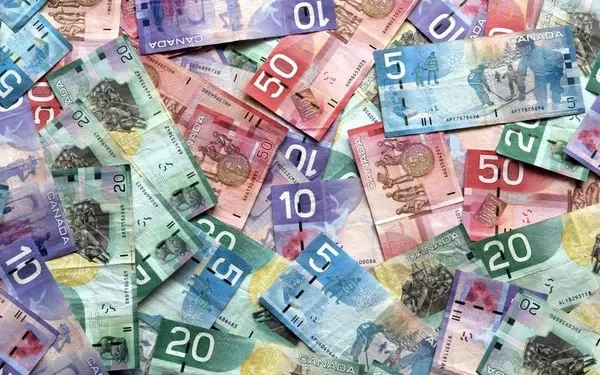During the early Asian trading hours on Friday, the USD/CAD pair remains in a defensive position, trading below the crucial 1.3400 mark. The US Dollar (USD) is losing recovery momentum, dropping to 103.00, bringing an end to the pair’s four-week winning streak. Currently hovering around 1.3376, the pair is down 0.09% for the day as traders brace for potential market volatility triggered by the upcoming US Nonfarm Payrolls (NFP) report for January.
The latest data released on Thursday unveiled a sharp improvement in the US Manufacturing Purchasing Managers’ Index (PMI) for January. The US ISM Manufacturing PMI surpassed expectations at 49.1, compared to the anticipated 47.0, driven by renewed growth in new orders and a slowdown in production contraction. Despite the upbeat figure, the Greenback failed to gain traction as traders absorbed information from the January Fed meeting.
Contrastingly, Canada’s S&P Global Manufacturing PMI rose to 48.3 in January from the previous reading of 45.4, indicating positive momentum in the Canadian manufacturing sector. Earlier in the week, Canada’s real Gross Domestic Product (GDP) expanded by 0.2% in November, showcasing economic resilience and potentially alleviating pressure on the Bank of Canada (BoC) to consider interest rate cuts. However, the Loonie faces headwinds from declining oil prices, given Canada’s significant role as a major oil exporter to the United States.
Market participants eagerly await the US labor market data scheduled for release on Friday. Projections for the US Nonfarm Payrolls (NFP) anticipate 185,000 job additions in January, with the Unemployment Rate expected to rise to 3.8%. Additionally, the Average Hourly Earnings are projected to show a 0.3% month-on-month increase. The day’s economic calendar also includes US Factory Orders and the final reading of the Michigan Consumer Sentiment, providing potential trading cues for investors navigating the USD/CAD pair. As the market digests these figures, traders will be poised to seize opportunities within the currency pair based on evolving market dynamics.


























